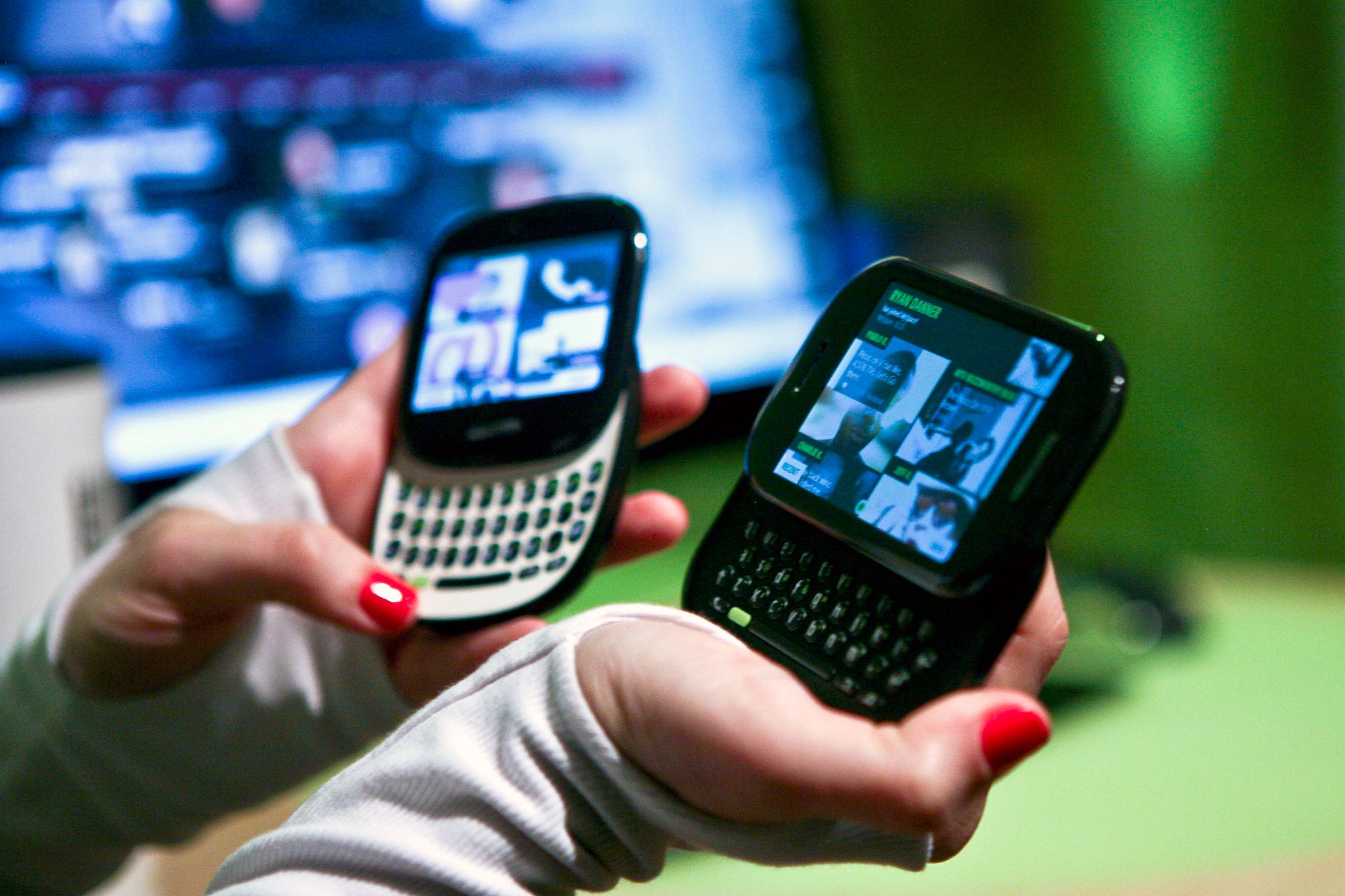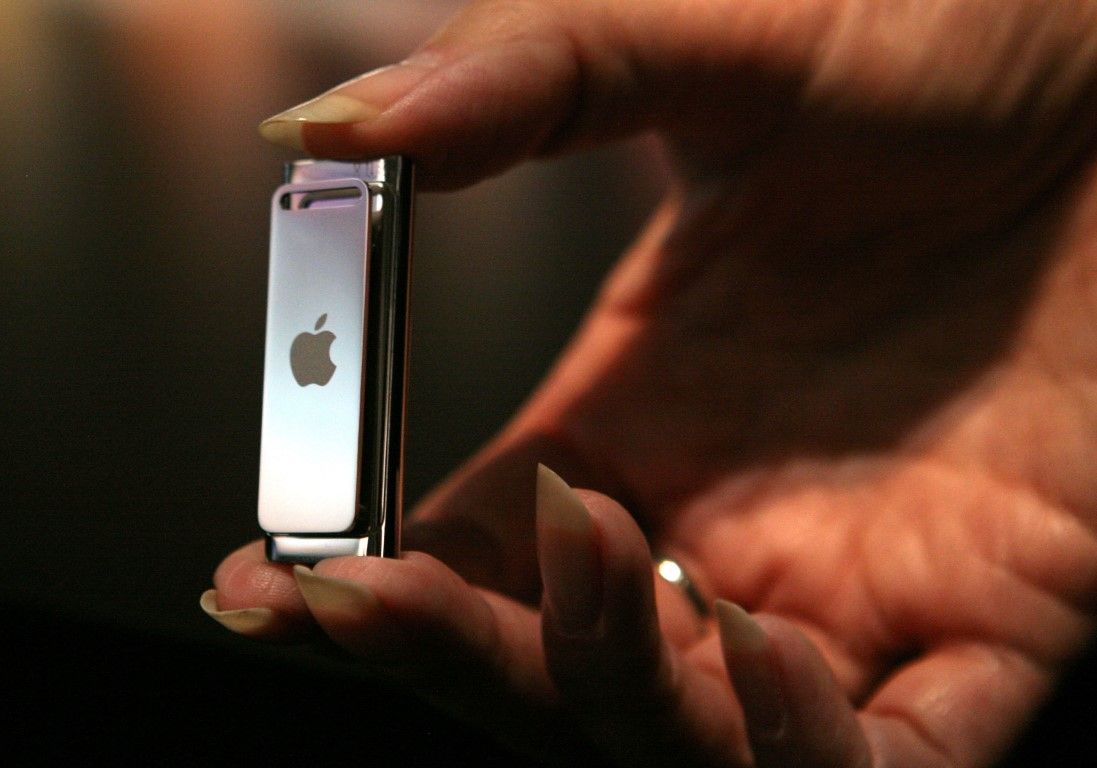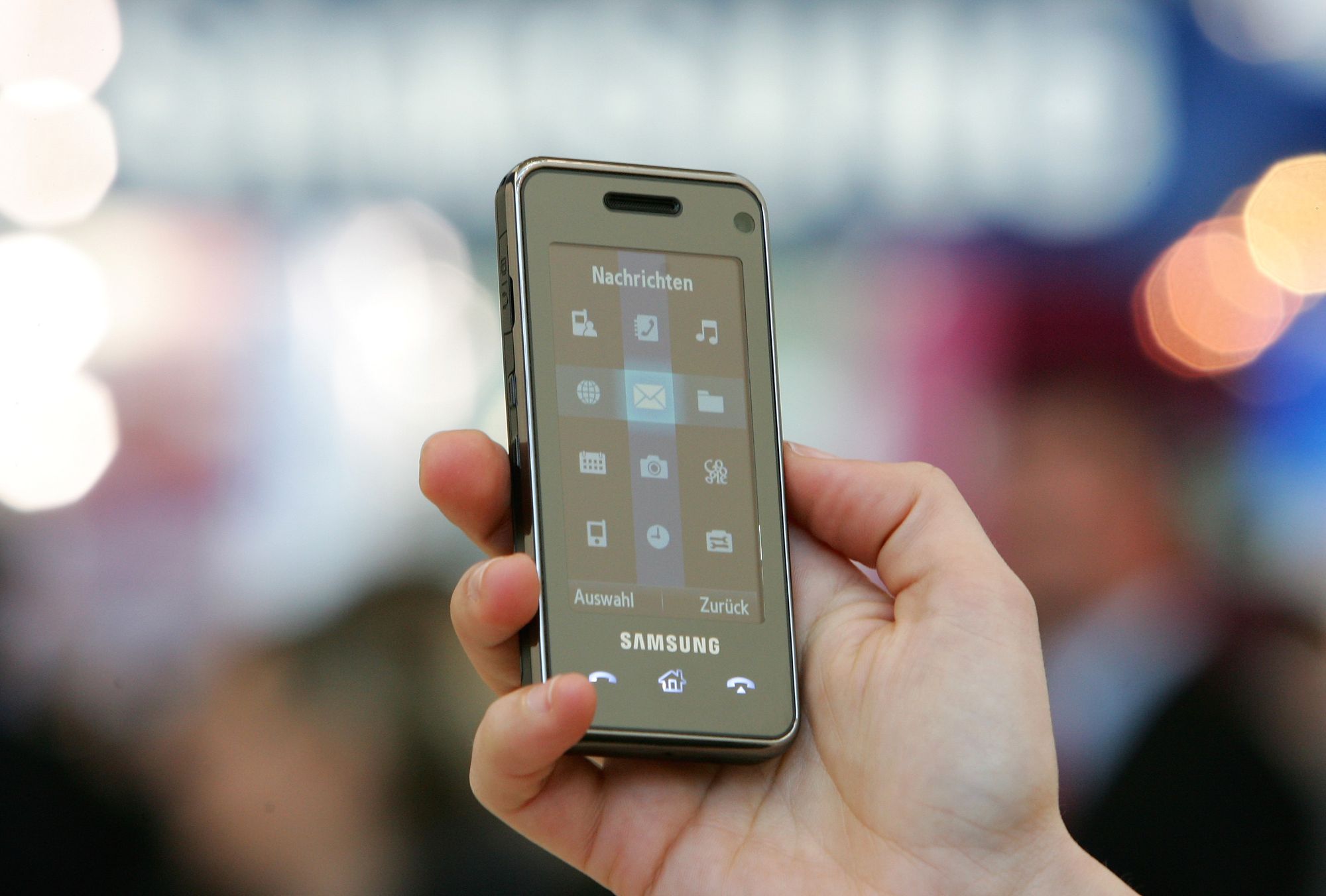This article from March 2019 was originally published on Yuri Litvinenko’s personal blog. A new video has been added, and the article was edited and restructured to better fit the 30pin style.
We all love a story of a major company releasing a dud, and the story of Microsoft and their Kin phones, discontinued in 2010 less than two months after the launch, certainly qualifies. It took a multitude of factors to make those phones fail: the feature set was not great, the competition was strong, and Verizon's plans were too steep for the intended audience.
That’s not to say the idea wasn’t wrong. Microsoft’s first attempt to be recognized as a phone manufacturer, made by creators of Sidekick phones, was built with the greater focus on social sharing—conceptually, at least. Its tile-filled start screen was more focused on social statuses rather than apps, and the Kin Spot widget, letting a user drop any content to share, was never found is any other Microsoft software.
The inside story of Kin’s downfall was documented within days of its formal discontinuation. Engadget sources put blame to a conflict between two Microsoft execs, while Business Insider revealed the demoralizing effect the failure of Kin caused on the company’s employees. But before that, Microsoft was interested in evolving their phones over time, and its software was meant to be more advanced than the one released. Last year, I talked to some people involved in creating the Kin lineup—and they shed more light on the vision behind Microsoft’s ill-fated project.
3D Interface and a Music Store Found on Public Videos
Microsoft’s marketing material, ads, and even phones’ own back covers proclaimed either Kin as a “Windows phone.” But it wasn’t powered by Windows Phone 7—that system was still in the making. Neither it was “Windows® phone” (sic), a moniker added to the last-ever revisions of the aging Windows Mobile 6 platform. Kin phones were running a system technically similar to either of platforms, but with a unique, custom-made user interface.
The UI, while ambitious and cool-looking, did not perform well. ComputerWorld’s Ginni Mies felt that navigating through Kin menus was “a bit sluggish”, while a video from PocketNow shows how choppy the animation was—even on a lock screen. The pre-release version responded poorly to swipes and touches as well, according to Microsoft’s study videos published by Wired in 2012. (The video, now deleted from Wired’s web site, was uploaded to Internet Archive.)
Most of the interactions and animations we designed ended up not being possible
With that in mind, it's hard to imagine Kin phones using a motion-rich 3D interface—but that’s what designers working on Kin envisioned, said Erik Hunter. Working for a design studio Method during the Kin development, he was collaborating its lead designers in the field of motion design.
“There were lots of interactions which didn't end being developed, like the motion on the lock screen, the Spot icon animation, and the scrolling tiles. Most of the interactions and animations we designed ended up not being possible,” Hunter said. The preliminary version of Kin’s user interface, looking notably different from the released one, is showcased on Hunter’s web site.
In the end, Kin phones did not have the same processing power and feature set which designers were using as a reference. "We were never given a reason for why the Spot wasn't as powerful as we originally designed it," Hunter added. He pointed to the internal conflict between Microsoft's managers and multiple mobile teams, reported by Engadget at the time, but did not confirm it from his own perspective.
The vision had to be downscaled. Chris Furniss, who was implementing the interface in XAML and Silverlight (the same markup and framework used in Windows Phone), was one of people tasked with that. He noted that a chunk of the UI had to be redesigned, as the change in animations led to a chain reaction within other elements.
“The UI, in general, had a cool parallax effect as you swiped back and forth, or scrolled up and down through your social feed. That had to be cut, which affected the way text had to be layered over photos and so forth,” Furniss explained.
The eye candy wasn't the only thing that had to be cut: the Spot, one of Kin’s unique features, ended up being less functional than originally outlined. In its original form, Kin Spot was “a context-sensitive bucket which you could drop anything into and Kin would figure what you were intending.” Furniss recalled.
Portions of that vision are seen in Hunter’s showcase. The Kin Spot, being just a drag-and-drop target for SMS, MMS, and email attachments, is more advanced in his video. Notably, it features a Spaces section, not seen on the retail version of Kin phones. Within Spaces, according to the video, a user could collect objects across the system to folders, creating what looked like custom feeds.
Another video, uploaded in 2011 by Microsoft’s Joseph McLaughlin (under his Aesthetikal creative label), shows a Kin interface which looks almost identical to the version shipped, but with richer animations, parallax scrolling within tiles, and a three-dimensional perspective effect while scrolling in both directions.
Just like the other video, it shows features considered by developers but not included in the final product. A Windows Live Messenger chat screen is especially striking, considering that Kin shipped with no IM support at all. The other feature not seen on actual phones is the media marketplace, integrated within the main UI and getting the featured placement in a bottom left corner. Instead of that, Kin phones had a carbon copy of Microsoft’s Zune HD media player software as a separate app. (30pin has reached to McLaughlin for comment on Twitter and will update the article upon getting a reply.)
The decision to effectively port Zune software to Kin phones, complete with a clashing Metro design language, mimics the choice of hardware: Kin phones used the same Tegra APX 2600 chip by Nvidia marked the first time Tegra, Nvidia’s system-on-a-chip, was used in a mobile phone. While that technically makes that first-ever phones powered by Tegra, the exact chip was almost two years old by then, with the successive Tegra 2 lineup already announced by Kin’s release.
“Kin Three,” the One for Grown-Ups
Microsoft marketed Kin phones to members of what it called an “upload generation,” with teens and tweens in ads and a brief, quickly-pulled sexting scene in one of them. The definite age of projected demographic varied by model, Furniss noted. Kin Two, the top-of-the-line model which looked like a contemporary QWERTY side slider, was aimed at people between 25 and 35, stretching the definition of youth a bit. The cheaper, oddly-shaped Kin One was the one meant for pre-teens and teens—and, according to Furniss, it was specifically designed to appeal to the female audience.
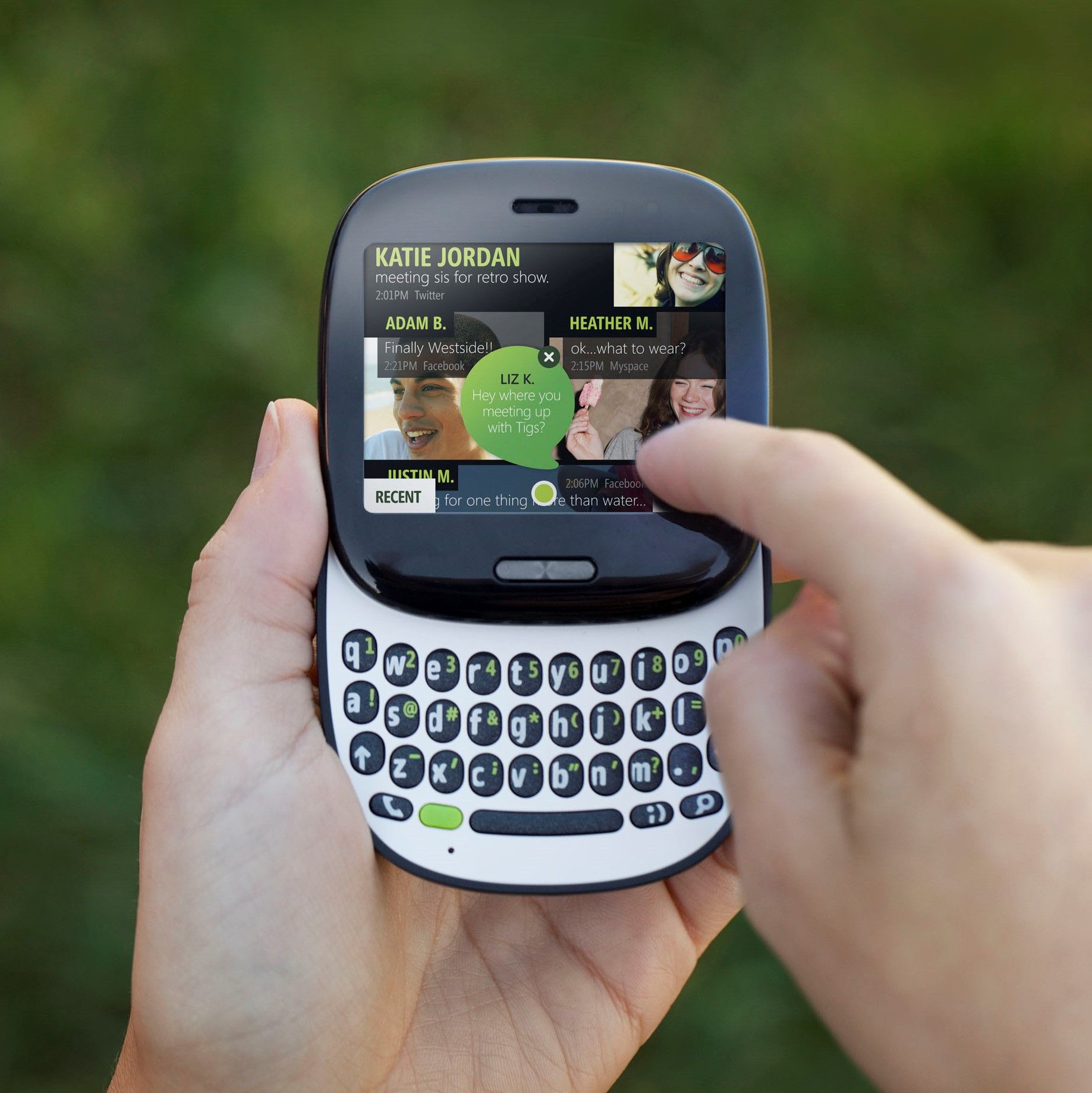
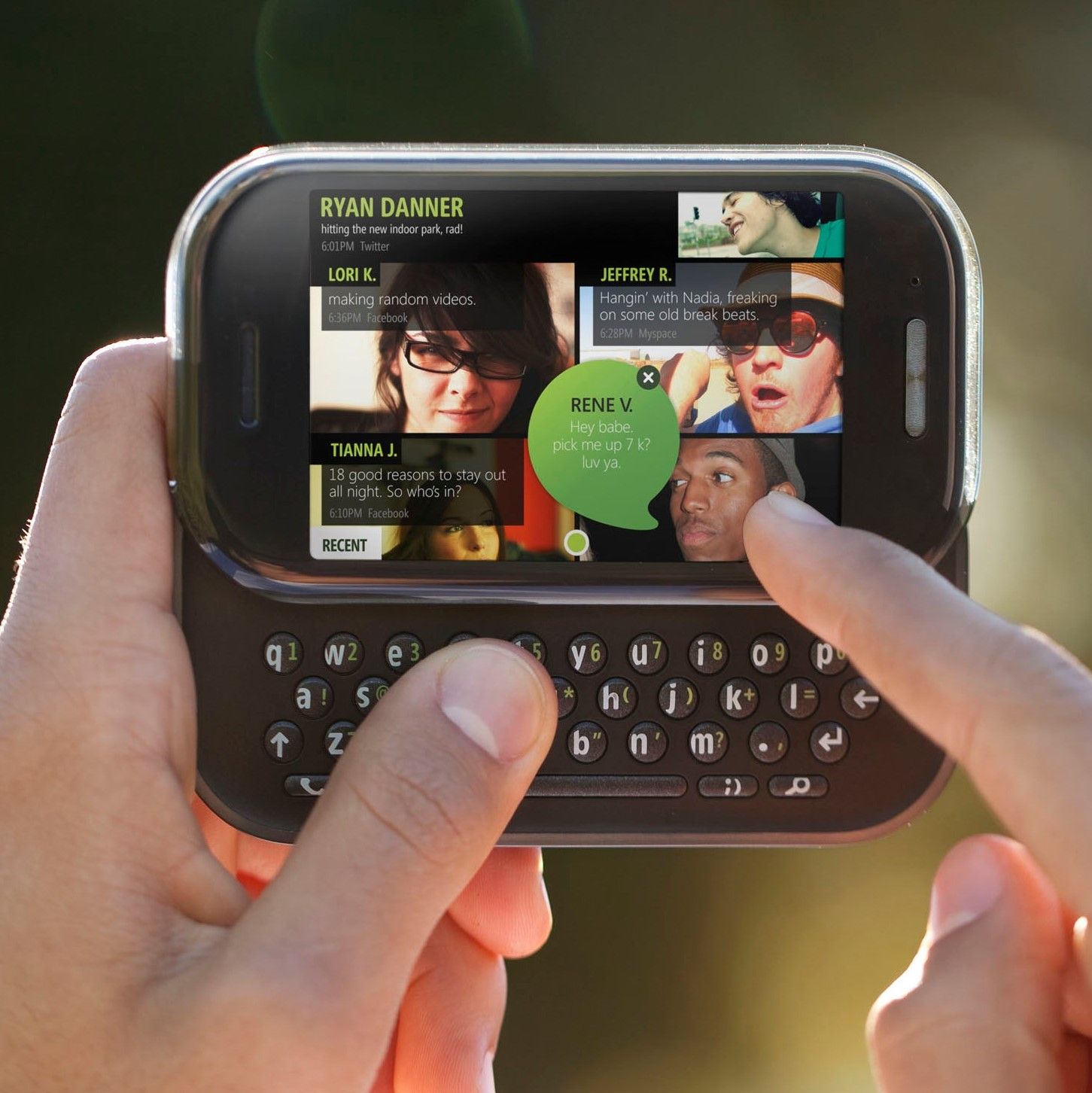
But looking forward, Microsoft and its partners were already planning to reach another demographic. One developer, who decided to remain anonymous due to NDAs, shared that the idea was to keep people captured by first-generation models even as they grow up and with their tastes changing.
“If Microsoft Kin is a mobile device designed specifically for a younger, millennial audience, our job was to think about how the device needs to change as this audience becomes older,” they describe their role in the project. The source states their team researched the potential new audience and outlined new features for the future Kin.
Several Kin developers shared the project was meant to be something more than an one-off venture by Microsoft. “We were all in creative brainstorm mode for the next big thing, and spirits were high,” recalls Furniss the mood across his team. Hunter added that he and his team at Method “given lots of room to explore” and “encouraged to push the boundaries of what can be done in a traditional mobile UI.”
Alas, there was no other phones in the series. Microsoft embarrassingly discontinued Kin phones after six weeks of low sales. Later in 2010, phones were stripped of social and cloud aspects, re-released with an “m” suffix, stand effectively put against cheaper basic phones. Those who did get original models were left only few more month to use the cloud, as Verizon closed the cornerstone Kin Studio service next February.
Kin phones were released in the most unlikely of times for Microsoft's mobile divisions. There were lofty expectations for all-new Windows Phone; the Kin software, having no app support, fared worse compared to it and other smartphone systems.
“When Kin was being designed, it was before this huge paradigm shift to consuming everything via platform-specific apps,” noted Furniss. Kin phones bet on integrated experiences, not apps—but to win that bet, Kin had to either be as refined as initially planned or cost as much as it deserved to. Unfortunately for everyone involved in its creation, it did neither.

